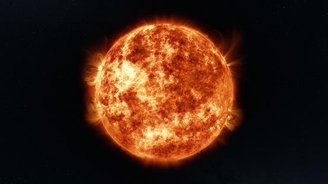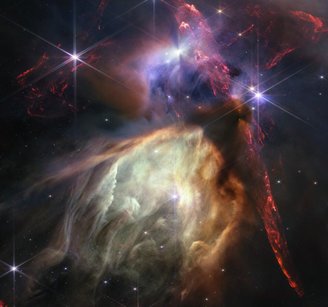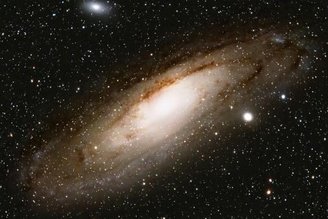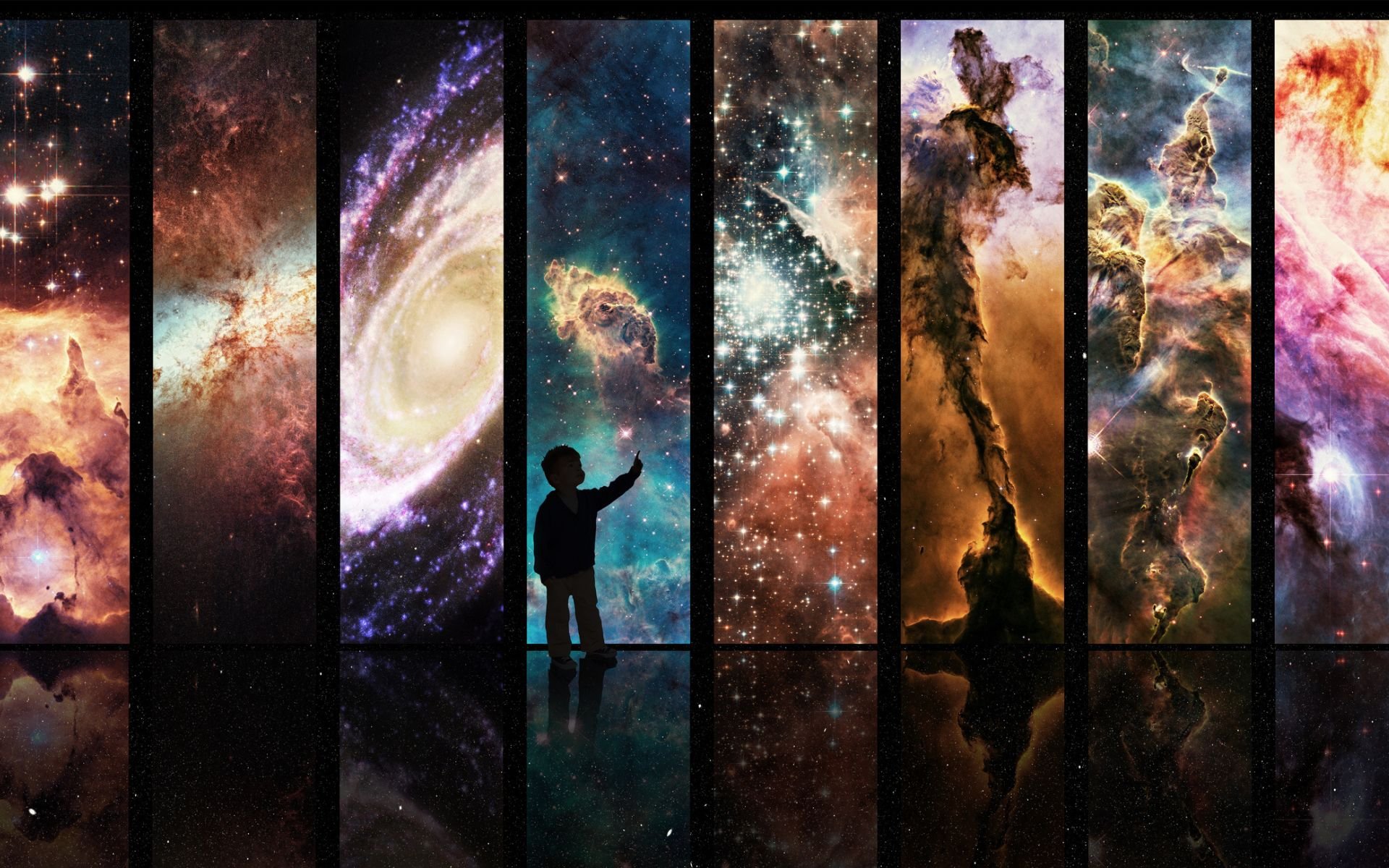Anyone who observes the night sky, even with optical instruments, has no idea how the Universe is constantly evolving at an impressive rate., every year. The situation was no different in 2023, cosmic events followed each other, and billions of interactions have occurred between planets, moons, and galaxies, many of which are still incomprehensible to us.. Check out the most striking ones below!
Incredible changes occurring in the Universe in 2023
1. The Moon was 3.78 cm further from the Earth
Our closest celestial friend, the Moon, has moved 3.78 cm away from us in 2023. This gradual divergence, which occurs every year, is called the retrograde of the Moon and The main reason for this is the transfer of rotational energy from the Earth to the satellite due to ocean tides..
To the human eye, this movement is almost imperceptible, but in the long run some effects begin to be noticed, such as the length of the day, the intensity of the tides, and even the angle of tilt of the Earth’s axis.
2. The Earth’s rotation slowed down (and the days got longer)

The Earth’s rotation slows down for exactly the same reason that the Moon moves away from us, namely the transfer of angular momentum to our natural satellite via tidal forces. This means that The energy we transfer to the Moon slows the Earth’s rotation by about 1.7 milliseconds per century.This will increase the length of our days by 0.017 milliseconds in 2023.
To get an idea of what this represents on a geological time scale, remember that the Earth day lasted only 22 hours and 40 minutes when dinosaurs emerged during the Triassic period, about 230 million years ago.
3. The Sun lost 174 trillion tons of mass (and the Earth’s orbit lengthened)

In the envy of those trying to lose weight after the end-of-year holidays, the Sun lost approximately 174 trillion of its mass last year alone due to the thermonuclear fusion of hydrogen into helium, which is released in the form of light.
Logically, as the Sun “gets thinner”, its gravitational influence on the planets becomes slightly weaker. Then, The gradual expansion of the Earth’s orbit is due to the decrease in gravitational interaction with the Sun.but the amount is minimal and occurs on astronomical time scales.
4. 150 billion stars were born in the universe

Millions of stars are born every day in the universe, making the universe brighter. Especially in 2023, important discoveries were made, such as the formation of six giant galaxies 500 million to 700 million years after the Big Bang.
Also last year, the James Webb Space Telescope showed: Images of stars similar to our Sun being born in the Rho Ophiuchi gas cloud, 290 million light-years away from Earth. In the photographs, it is possible to observe a region with around 50 young stars.
5. Andromeda galaxy is 3.5 billion km closer to us

Our closest spiral neighbor, the Andromeda galaxy, is on a collision course with the Milky Way, which includes Earth, at an estimated speed of 110 kilometers per second. Since the stars of both are so far apart, it is possible that even in the event of a merger, individual stars would not collide with each other.
The bad news is that the interaction between two galaxies could result in the emergence of a giant mega-elliptical galaxy. It will affect the structures of all actors and may result in disasters. The good news is that we have four to five billion years to find a solution.
6. The universe has expanded by 60 trillion kilometers

The constantly occurring expansion of the universe is a predicted phenomenon in modern cosmology. This was no different in 2023, following a rate of expansion driven by mysterious dark energy known as the Hubble constant, which “stretches” space.
However, it is important to note that: The expansion of the universe is a concept valid on very large scales. far beyond the distances between individual galaxies. At smaller scales, such as groups and galaxy clusters, gravity dominates and prevents them from moving away from each other.
Did you like the content? So, stay updated with more curiosities about the universe on TecMundo and take the opportunity to share the article on your social networks.
Source: Tec Mundo
I’m Blaine Morgan, an experienced journalist and writer with over 8 years of experience in the tech industry. My expertise lies in writing about technology news and trends, covering everything from cutting-edge gadgets to emerging software developments. I’ve written for several leading publications including Gadget Onus where I am an author.













